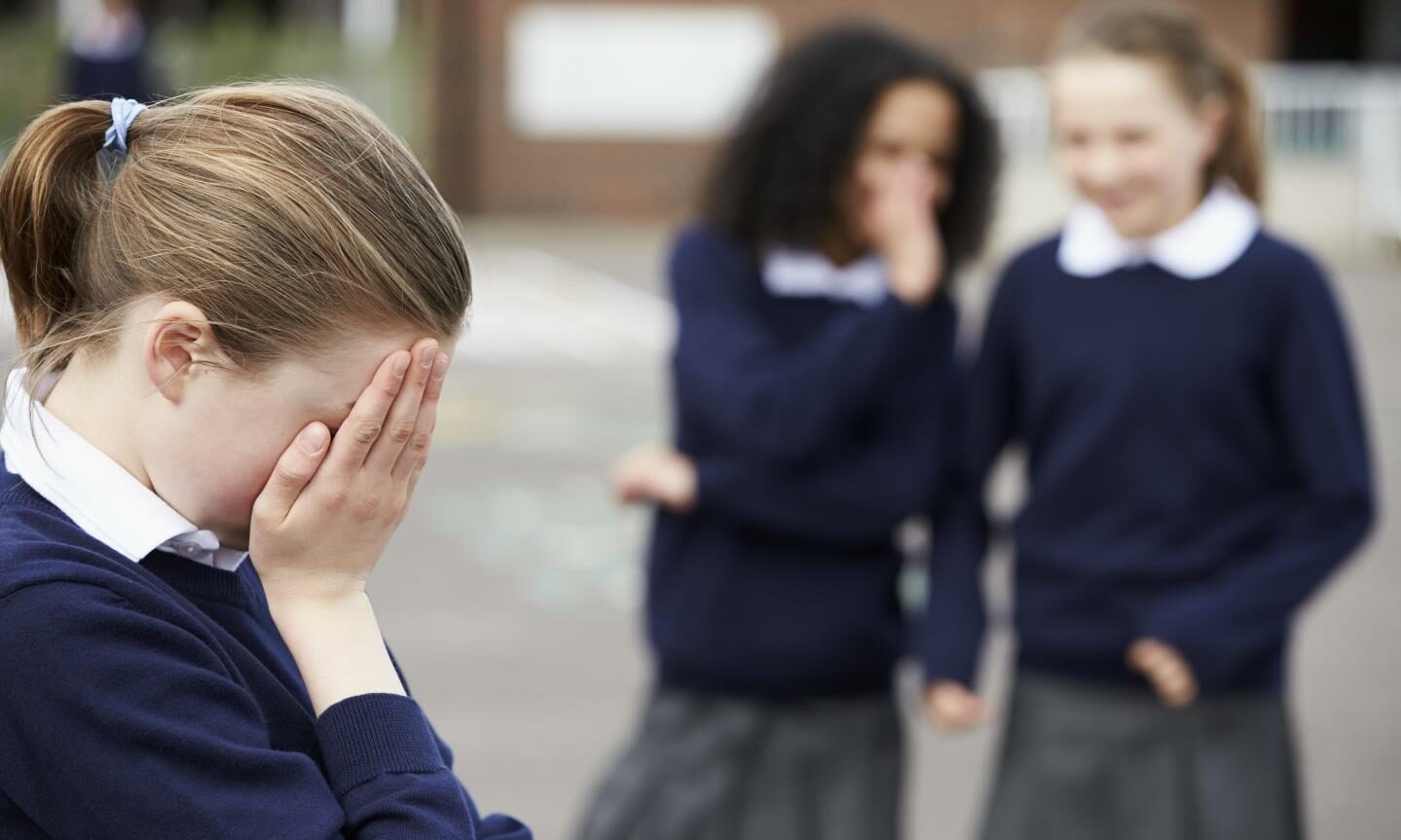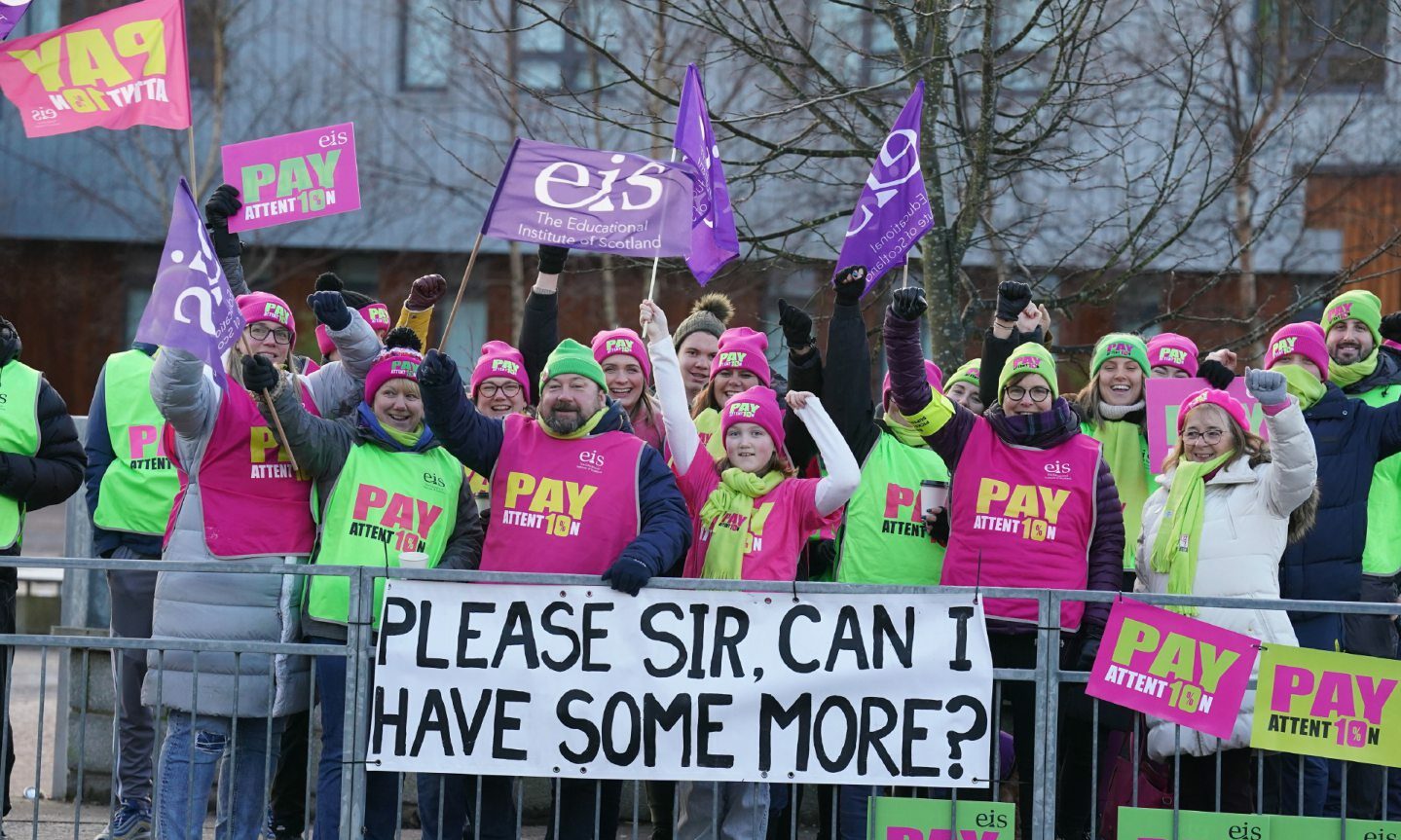The needs of children are prioritised in schools today, as they should be, writes David Knight. So, why is the problem of bullying allowed to persist?
It was my first day in the big school as a new term began, just four weeks since my 11th birthday.
I’d only just stopped being 10; some of my new classmates would be 12 before the month was out. I would be about the last, bar one or two other late-summer babies in our class, to reach that status, deep into the following year.
I was always on the small side, but, looking back now, it seemed like quite a big disadvantage in mental and physical development; I’d never catch up.
We’d heard bad things about big school, naturally.
I’d been bullied a bit at primary school: mainly when I had the misfortune of being promoted to a “brighter”, higher-stream class – and replaced the chief bully’s pal, who was relegated into my old class.

They used to trap me in an empty classroom at lunchtime and pelt me with tennis balls as I scampered beneath desks on all fours. I never complained to the teachers; you just don’t, do you? Scared that the bullying would only get worse, even if they took any notice.
That was all behind me now, as I arrived at big school.
I had completed no more than 20 steps through the doors, when a bigger kid – who was about 13 – pounced. He “dead-legged” me, by thrusting his knee into my thigh like a battering ram.
Welcome to big school, punk.
I collapsed in a heap by some stairs near the school hall, where our headmaster was about to deliver a passage from the Bible about goodwill to others. All the other kids in our column marched forward grimly to the morning assembly without a backward glance; like soldiers, as one of their number fell by the wayside.
The numbing pain was bad enough, but I was more worried that my shiny new brown satchel and shoes might have been scuffed. Mom had saved and scraped so hard to make sure I had everything for big school; I didn’t want her to be upset.
So, I adapted fast, like people have always done down the ages when they suddenly end up in unpleasant places like this, or in prison, or the workhouse for orphans. I developed eyes in the back of my head and acted like a harmless clown; that seemed to stand me in good stead throughout my school life – and beyond, come to think of it.
But, random acts of violence, or people having their lunch money or sandwiches nicked, did happen to other pupils. The sort of thing which would land adults in court with a criminal record, but dismissed in this environment as the rough and tumble of growing up.
Are schools being lax?
At what point should those in charge crack down? Or, is it easier – and lazier – to turn a blind eye in schools; to sweep it under the carpet?
I’ve always suspected that schools have been very lax over bullying. Just look at the contradictory yet highly illuminating official figures for school bullying published by The P&J a few days ago.
They were for Aberdeen, but perhaps indicative of what is happening everywhere else. Record-keeping appeared to be haphazard or non-existent.
We need a unified system in place, and transparency: do any punishments for bullies fit the crimes? Otherwise, the system isn’t fit for purpose
One secondary school made an honourable stab at it and recorded 63 cases in a year, but even that felt like the tip of an iceberg.
Another secondary didn’t report any cases. It’s a shambles.
We need a unified system in place, and transparency: do any punishments for bullies fit the crimes? Otherwise, the system isn’t fit for purpose.
The curse of soul-destroying bullies lingers
I saw a picture of striking teachers in The P&J the other day, who unfurled a banner to support their demands for more pay. Emblazoned across it was the famous quote from Oliver Twist by Charles Dickens: “Please, sir, can I have some more?”
The quote is often employed for comic effect these days, or to make a political point, as with strikers. But Dickens exposed deep-rooted social injustices about malnourished and abused kids.
In those dark days of the 19th century, some children were in more danger from their school masters than fellow pupils.
Take a look at Dickens’s later novel, Nicholas Nickleby, and the school Dotheboys Hall, run by vicious Wackford Squeers. The expose was based on the brutal regime the writer witnessed at a real school; his shocking account caused a public outcry.
Schools are a world apart today, with pupil care first and foremost. But, there remains a worrying lack of cohesion and determination to confront this lingering social injustice in schools – the curse of soul-destroying bullies.
I have in mind another banner which could hang outside many a school staff room. A verdict on anti-bullying policies in some schools.
I borrowed a quote from my end-of-term mathematics report, aged 11. It read: “Rather weak”.
David Knight is the long-serving former deputy editor of The Press and Journal



Conversation